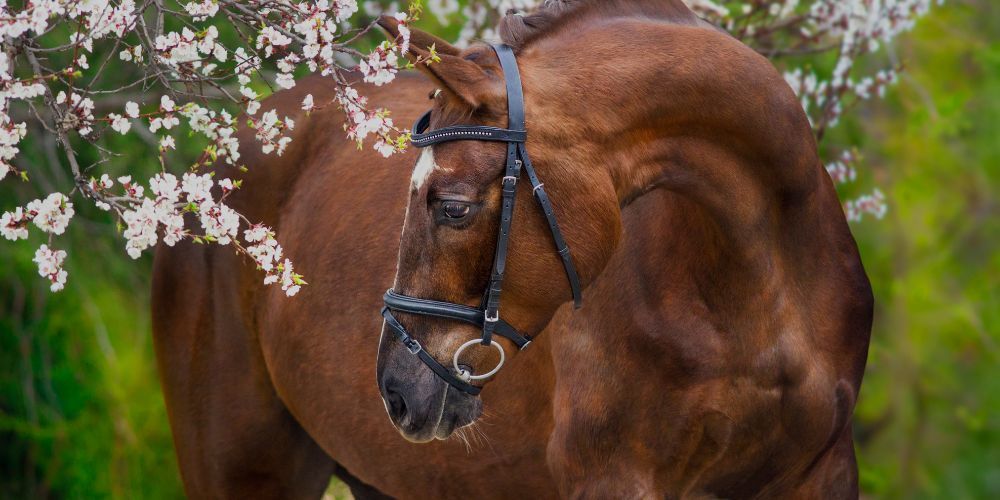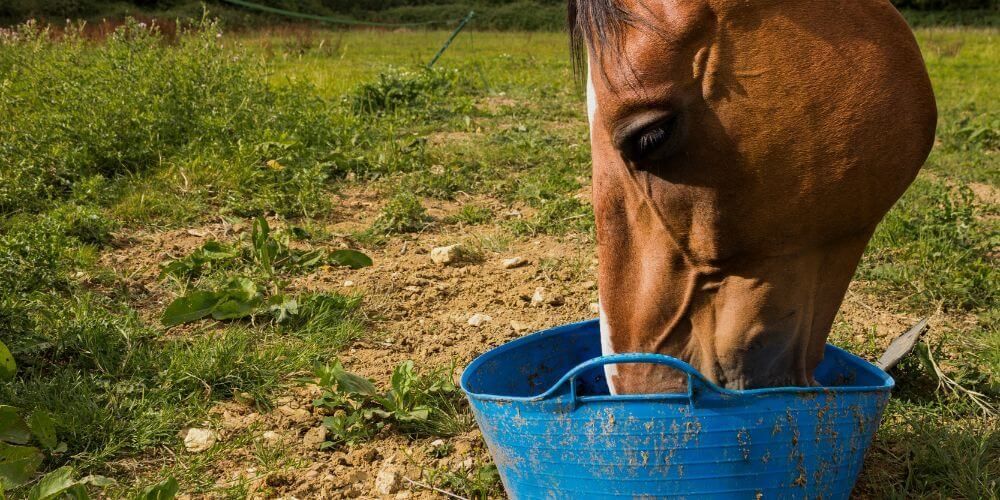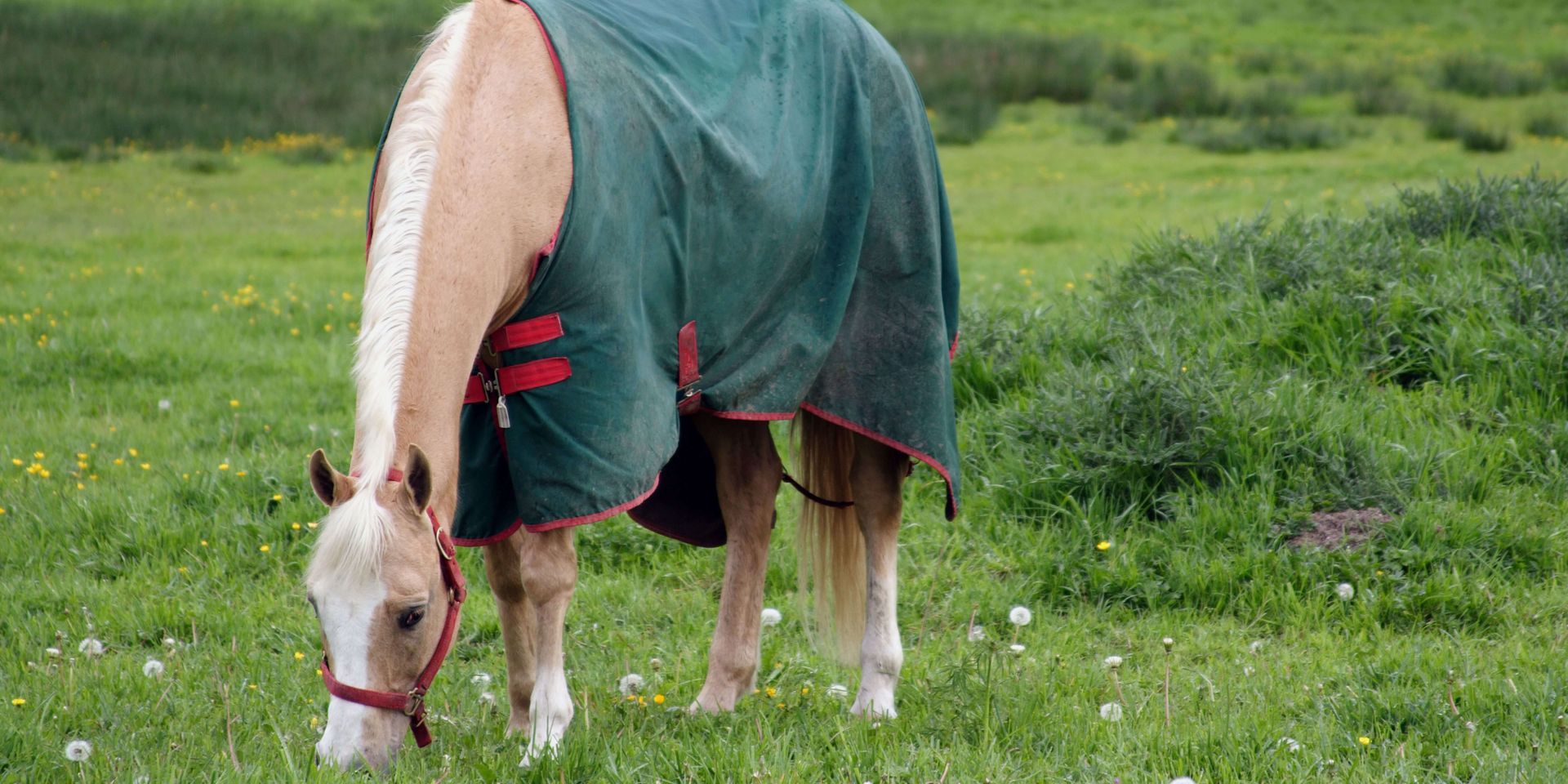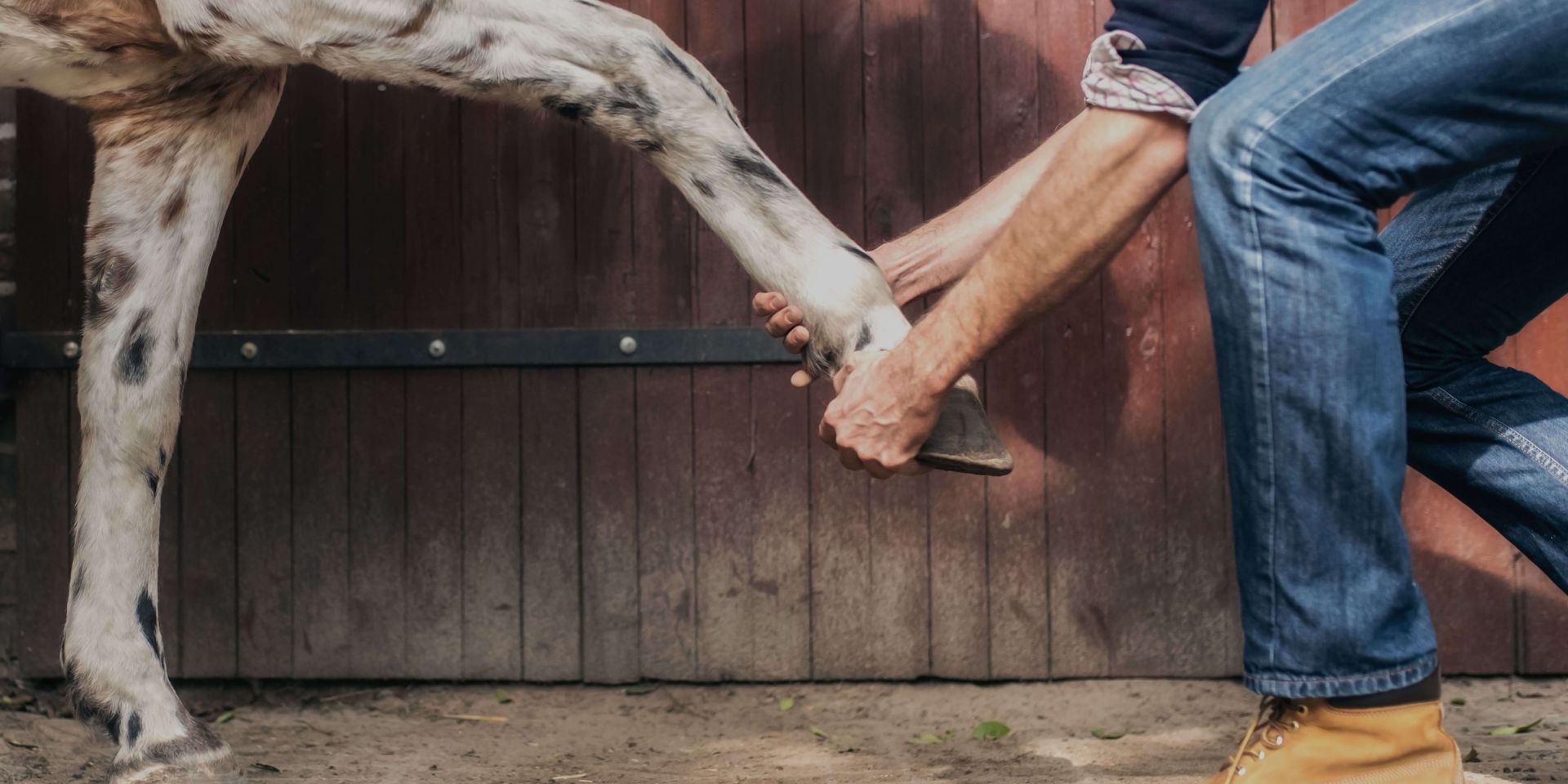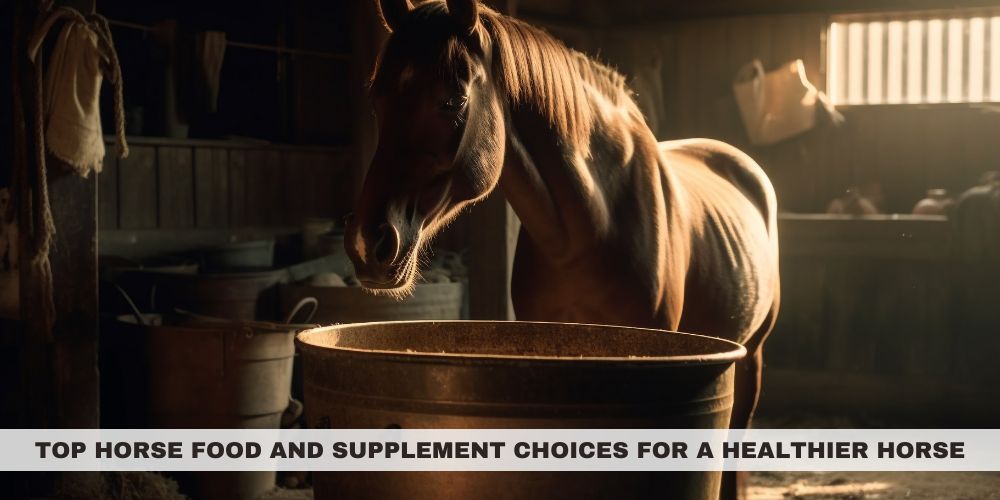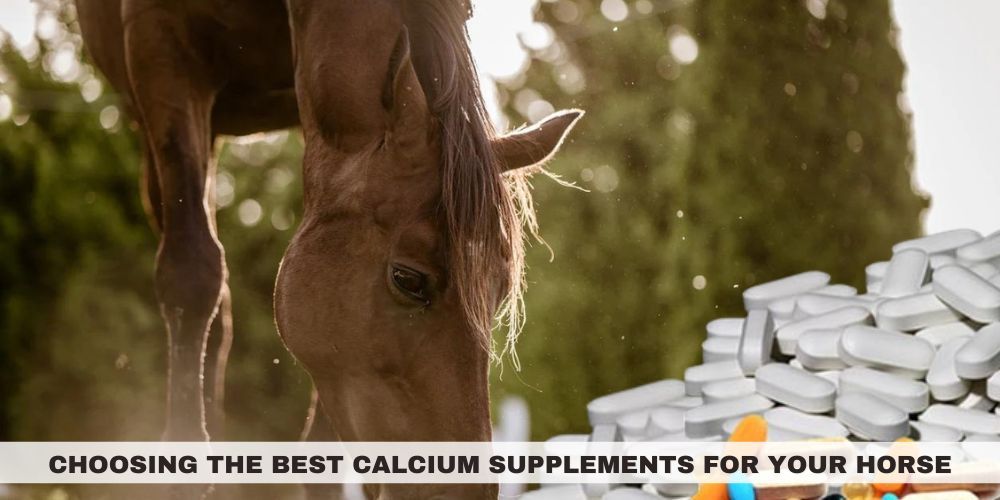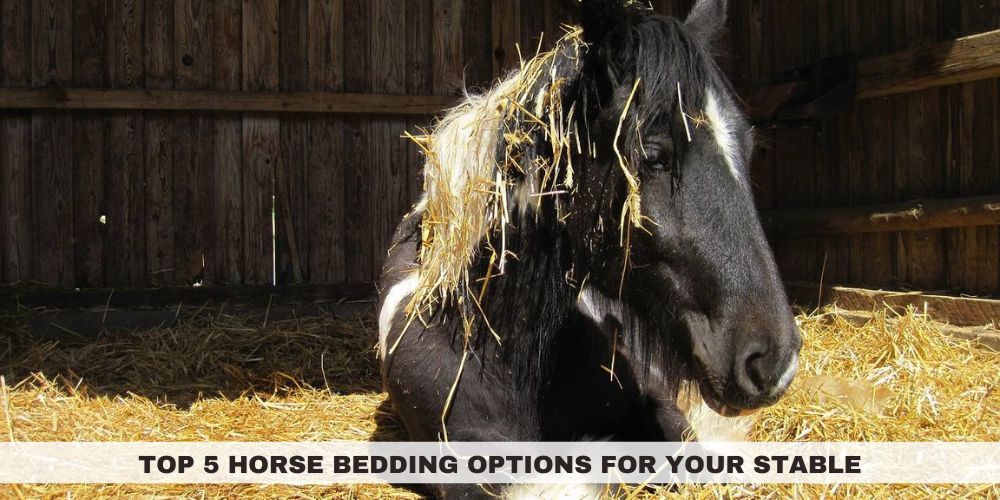Essential Tips for Monitoring Your Horse's Weight During Winter
Winter is one season of the year that no horse owner enjoys without a little bit of anxiety, as the colder temperatures with a decline in pasture can considerably alter factors such as a horse's weight and overall health. To ensure a horse stays healthy, fit, and ready for spring demands, they must be watched closely for weight during the winter months.
This guide provides practical tips on assessing your horse's weight and strategies for keeping them that way through winter, feeling their best all season.
Define Body Condition Score (BCS)
The BCS is one of the most recognized methods for evaluating horses' body weight and overall body fat. During BCS evaluation, horses with a fragile condition score 1, while horses with a score of 9 are considered obese. The BCS makes it possible to have a standardized method to evaluate the physical condition of horses in scores from 1 to 9. Generally speaking, a healthy horse usually ranges from a BCS of 4 through 6, depending on breed, age, and activity level. Monitoring your horse's BCS throughout the winter will help ensure they are nutritionally set and do not over-store fat deposits or lose weight.
Key Evaluation Areas
When evaluating your horse's BCS, the elemental areas of the body where fat gain or loss is most apparent must be inspected. These include:
- The neck
- Along the withers
- Behind the shoulders
- Ribs
- Loin
- Tailhead
Checking these areas by feeling regularly will give you an idea of whether your horse is at an ideal weight. Remember that thick winter coats camouflage any changes in body condition, and visual assessments may be challenging. Always depend on an accurate assessment through touch.
Assessing Weight
Although assessing BCS is essential, carrying out a direct weight measurement of your horse will give you further detail. Following are some practical ways of monitoring the weight of your horse during winter:
Use a Weight Tape
A weight tape is an inexpensive, simple tool for approximating your horse's weight. Wrap the tape around your horse's girth, just behind the front legs, to monitor changes in weight over time. While not as precise as a scale, repeated use of a weight tape can allow you to follow a trend of gain or loss in your horse.
Take Photos
Photographs are pretty helpful in monitoring your horse's weight visually over time. Every few weeks during the winter months, take full-body pictures from the front, back, and both sides, then compare to see gradual changes that might otherwise be missed.
Keep a Journal
Documenting your horse's BCS, weight tape measurements, and other observations will clarify any weight progress or pattern. Feeding habits, exercise routines, and changes in weather record informative information that may explain weight changes.
Winter Feeding Strategies
Maintaining your horse's weight through winter usually involves adjusting their diet to meet their nutritional needs. Following is a look into some feeding strategies:
Increase Forage
Forage, like hay, should be your horse's source of calories over winter. Horses produce heat because of fiber digestion. Increased forage consumption can help warm them up while getting sufficient calories to maintain weight. Aim for 1.5-2% of your horse's body weight in forage per day, adjusting based on activity level and body condition.
Add Nutritional Supplements
Nutritional supplements can replace any deficits in your horse's diet due to winter forage lacking specific vitamins or minerals. Omega-3 supplements will give a healthy coat, while vitamin E focuses on building a better immune system. Consult with the veterinarian or equine nutritionist on the appropriate nutritional supplement recommendations for your horse.
Monitor Grain
While grain is a quick energy source, overfeeding can harm your horse's health and lead to excessive weight gain, colic, or even laminitis. It should be balanced without exceeding 20% of the whole diet that your horse consumes.
Ensure Hydration
Winter dehydration can be widespread since horses drink less when it's cold. Ensure your horse always has fresh, clean water; consider heated buckets so they don't freeze. Encourage water intake by adding some electrolytes to the diet.
Limit Treats
Rewards widely include treats, but it is not uncommon for owners to overuse high-calorie treats contributing to unwanted weight gain. Limit treats to occasional use and consider healthier options such as carrots or apples.
Adjusting Exercise
Exercise is essential to keeping your horse's weight and health in decent seasonal shape. Yes, even though the weather may have given you only limited riding opportunities this winter or any winter, there are ways to keep your horse active.
Incorporate Ground Work
You can continue to work your horse on the ground through lunging, long-lining, or leading over poles. It allows your horse to maintain muscle tone and not need to be ridden. These activities also enhance your horse's balance and coordination.
Ride Safely
When riding during winter, take the time to ride in safe, dry conditions. This will eliminate slips and falls. Weather changes should adjust your horse's workload; the ground freezes solid or becomes so slippery that you may need to take breaks.
Establish a Schedule
The key to your horse's fitness is consistency. Establish a regular exercise schedule, considering the horse's capabilities and weather conditions. Even daily short sessions prevent weight gain and maintain some muscle tone throughout winter.
Conclusion
This makes it very important to monitor your horse's weight during winter. You can maintain your horse's fitness by continuously assessing its body condition, changing your feeding strategies, and taking on an ever-regular exercise routine through the cold seasons.
American Horse Products has everything you might want to help your horse with nutrition, supplements, or quality horse feed. Visit American Horse Products for all your equine care needs this winter!
American Horse Products was launched in 1999. With our 11,000-square-foot store in San Juan Capistrano, American Horse Products offers the largest inventory of English and Western products and feed in Orange County, California.
FOLLOW US
PRODUCTS
SERVICES
CONTACT US
BUSINESS HOURS
Monday - Friday : 10:00 AM - 5:00 PM
Saturday - Sunday 10:00am -4:oop,m
All Rights Reserved | American Horse Product


